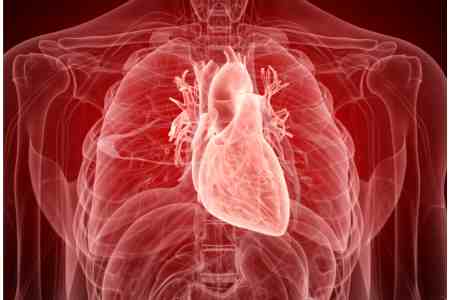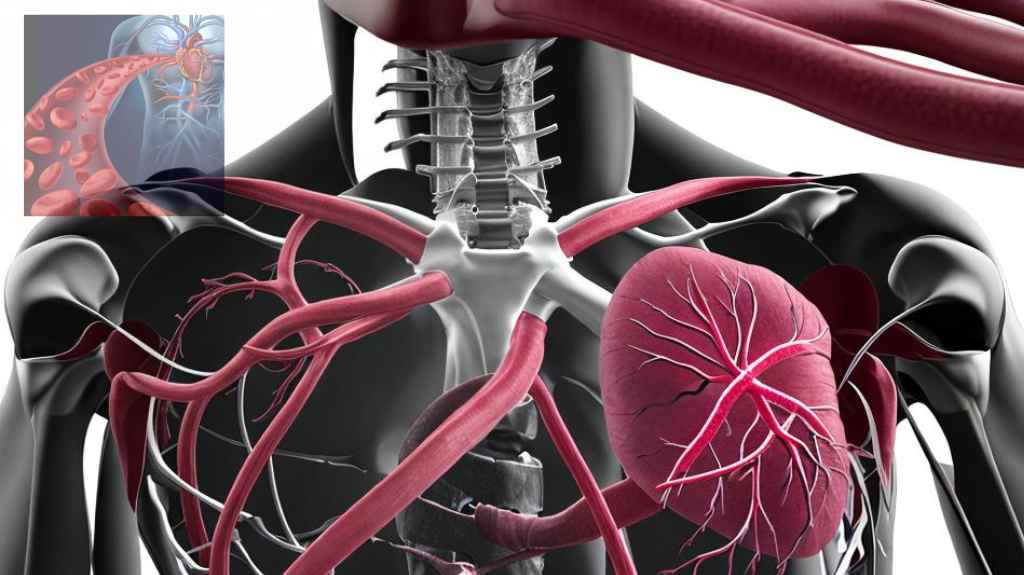It is responsible for carrying oxygen-rich blood from the heart to the rest of the body. It is located in the chest and runs down the abdomen. With thick walls, the largest artery in the body is aorta can withstand high pressure. It branches off into smaller arteries that supply blood to various organs and tissues. Having a healthy lifestyle is essential to ensuring that the aorta functions properly and that overall cardiovascular health is maintained. Damaged or weakened aortas can cause aneurysms or ruptures.
How to Largest Artery in the Body Works
Each segment of the aorta serves a specific purpose. The ascending aorta supplies blood to the heart muscles, while the aortic arch supplies blood to the arms and head. A descending aorta supplies blood to the chest and abdomen.

There are three layers to the aorta: the inner endothelium, the middle tunica media, and the outer tunica adventitia. An artery’s outermost layer is the tunica adventitia, which provides structural support to the artery. The endothelium maintains blood flow, while the tunica media contains smooth muscle cells that regulate blood pressure.
Blood flow throughout the body is maintained by the aorta contracting and relaxing. As the left ventricle contracts, blood is pumped into the aorta, expanding it. Blood is pushed to its furthest parts by this pressure wave, which travels through the artery.
It is an essential component of the circulatory system, providing oxygen and nutrients to the body’s organs and tissues. Damage or blockages to the aorta can result in serious health problems.
Diseases of the Largest Artery
Besides carrying oxygen-rich blood from the heart to the rest of the body, the aorta is the largest artery in the body. In addition to being affected by diseases like any other part of the body, the aorta can also suffer serious consequences.
Aneurysms are common diseases of the aorta. They occur when the walls of the aorta weaken and bulge, usually from high blood pressure or atherosclerosis. Aneurysms can rupture and cause massive internal bleeding.
The aorta can also be affected by atherosclerosis, when fatty deposits clog the walls of the arteries, narrowing the artery’s lumen. Blood flow and oxygen supply to the organs, including the heart, can be reduced, which may result in heart attacks and strokes.
This occurs when the inner layer of the aortic wall tears, allowing blood to flow between the layers and causing them to separate. It can cause aortic rupture and internal bleeding, which are both fatal.
Inflammation of the aorta and its branches can also be caused by Takayasu arteritis and Marfan syndrome, which affects connective tissue and weakens the aorta.
Best Health Treatment for Large Artery
Several treatments are available for large artery disease, but the best treatment depends on the severity of the condition and the individual patient’s needs.
Exercise, a healthy diet, and quitting smoking are some of the most common treatments for large artery disease. Lifestyle changes can help prevent further damage to the arteries and improve overall health.
Large artery disease may be managed with medications such as blood thinners, cholesterol-lowering drugs, and blood pressure medications.
There may be a need for surgery or other invasive procedures for severe cases of large artery disease. These include angioplasty, stenting, or bypass surgery. By improving blood flow and reducing complications, these procedures reduce complications.
Healthcare providers must work closely with patients to determine the best treatment for large artery disease. Regular check-ups and monitoring can ensure that any changes or complications are detected as early as possible.
What does it mean by the largest artery in the body nyt?
In the human body, the largest artery is the aorta, which originates from the left ventricle of the heart and branches off into two smaller arteries in the abdomen. An essential component of the circulatory system, the aorta carries oxygen-rich blood throughout the body.
Medical concerns can also be found in the aorta, according to an article from The New York Times. An aortic aneurysm is a condition where a section of the aorta becomes weakened and bulges outward. If left untreated, the artery can rupture, potentially resulting in death.
It is therefore important for individuals to recognize chest pain, back pain, and shortness of breath as signs and symptoms of an aortic aneurysm. In addition to detecting potential aortic issues, regular healthcare checkups allow prompt treatment if needed.
Therefore, the aorta is the largest artery in the body, which supplies oxygenated blood throughout. Though it is typically a healthy and resilient structure, it can also be of medical concern in some circumstances. This important circulatory component can be monitored and kept healthy.

